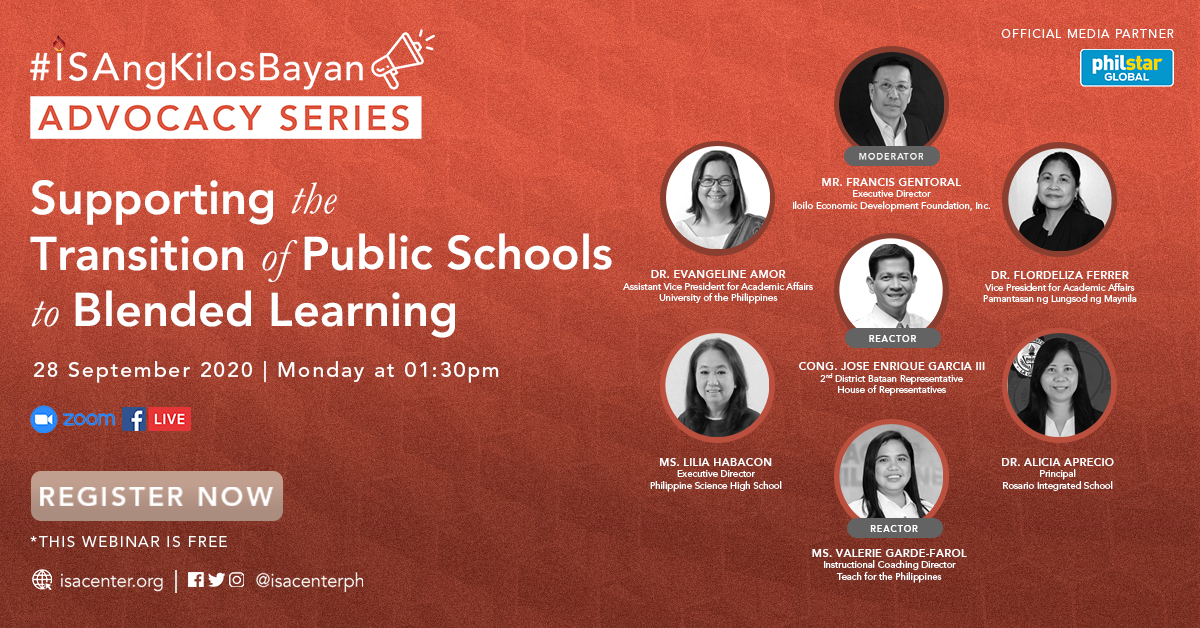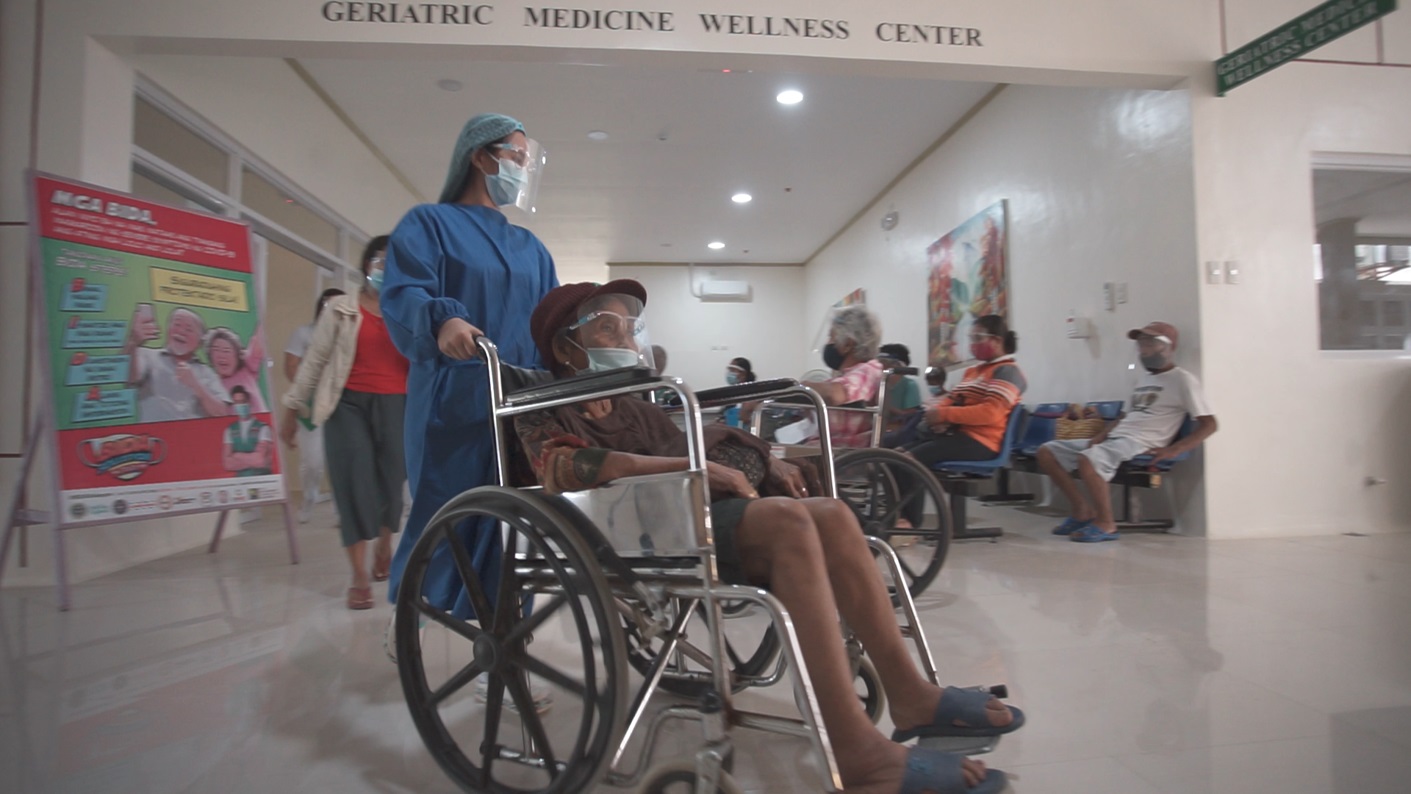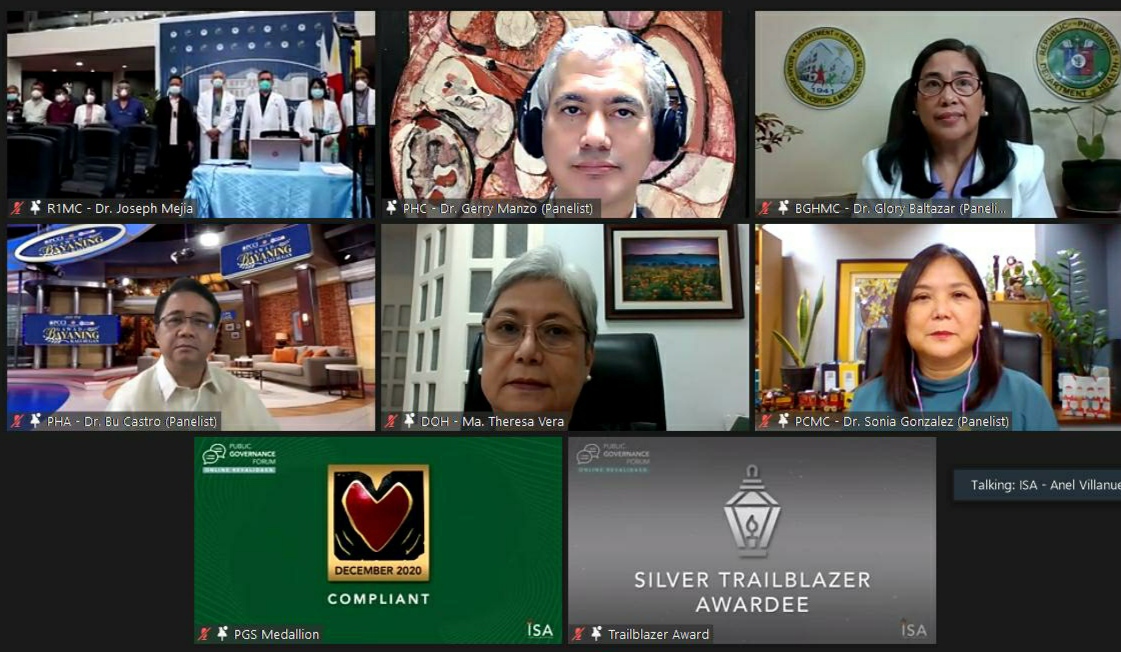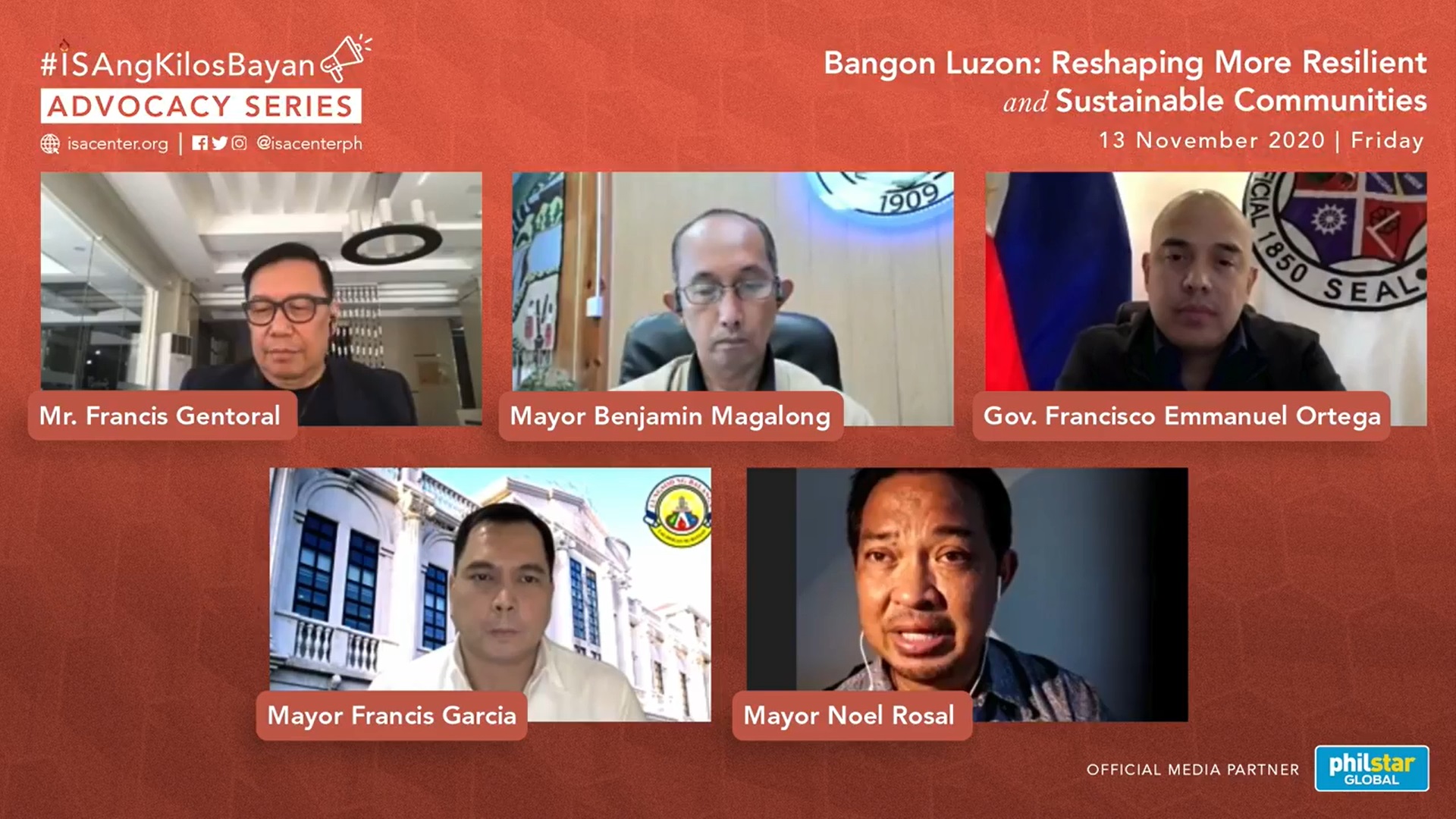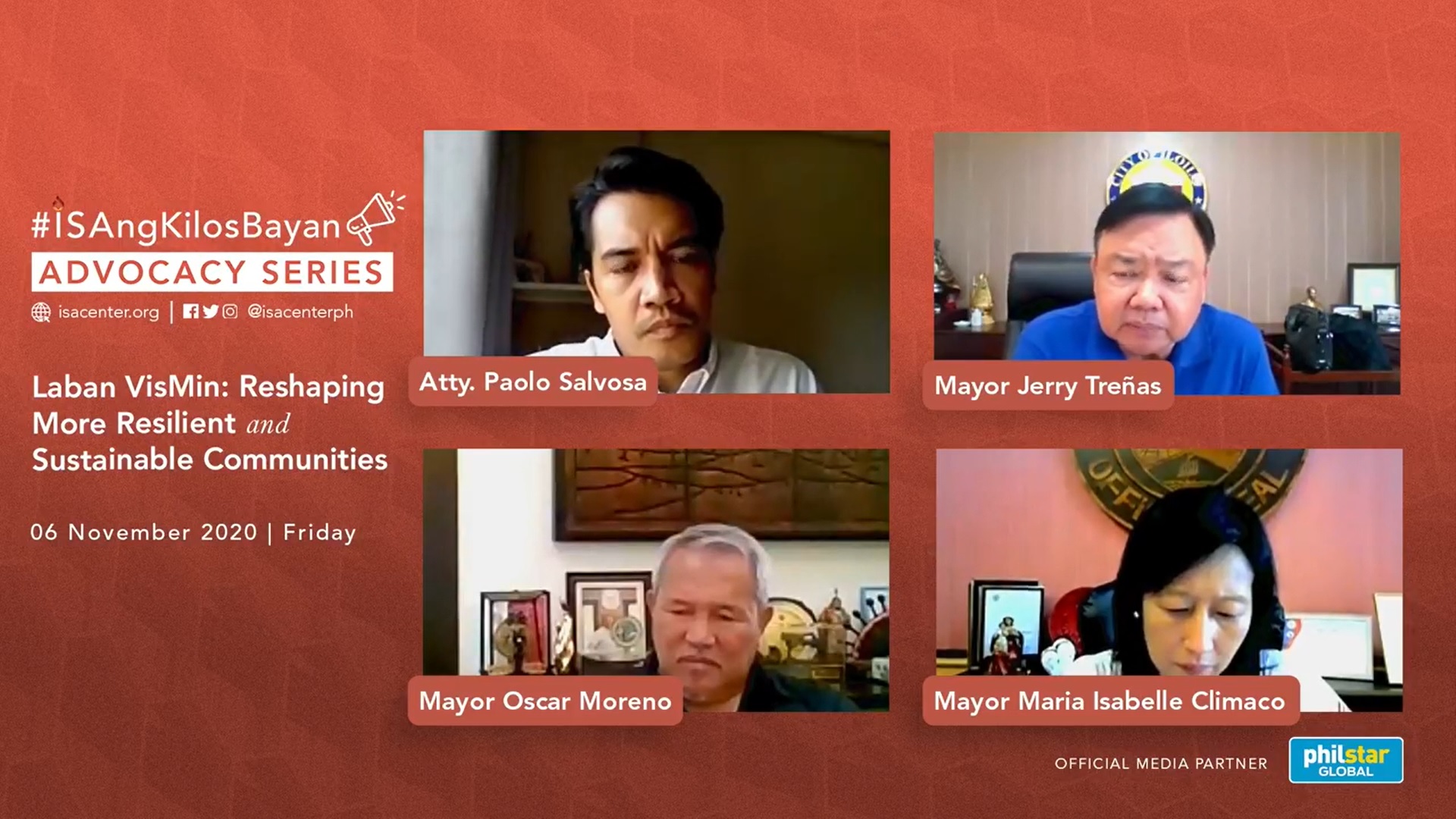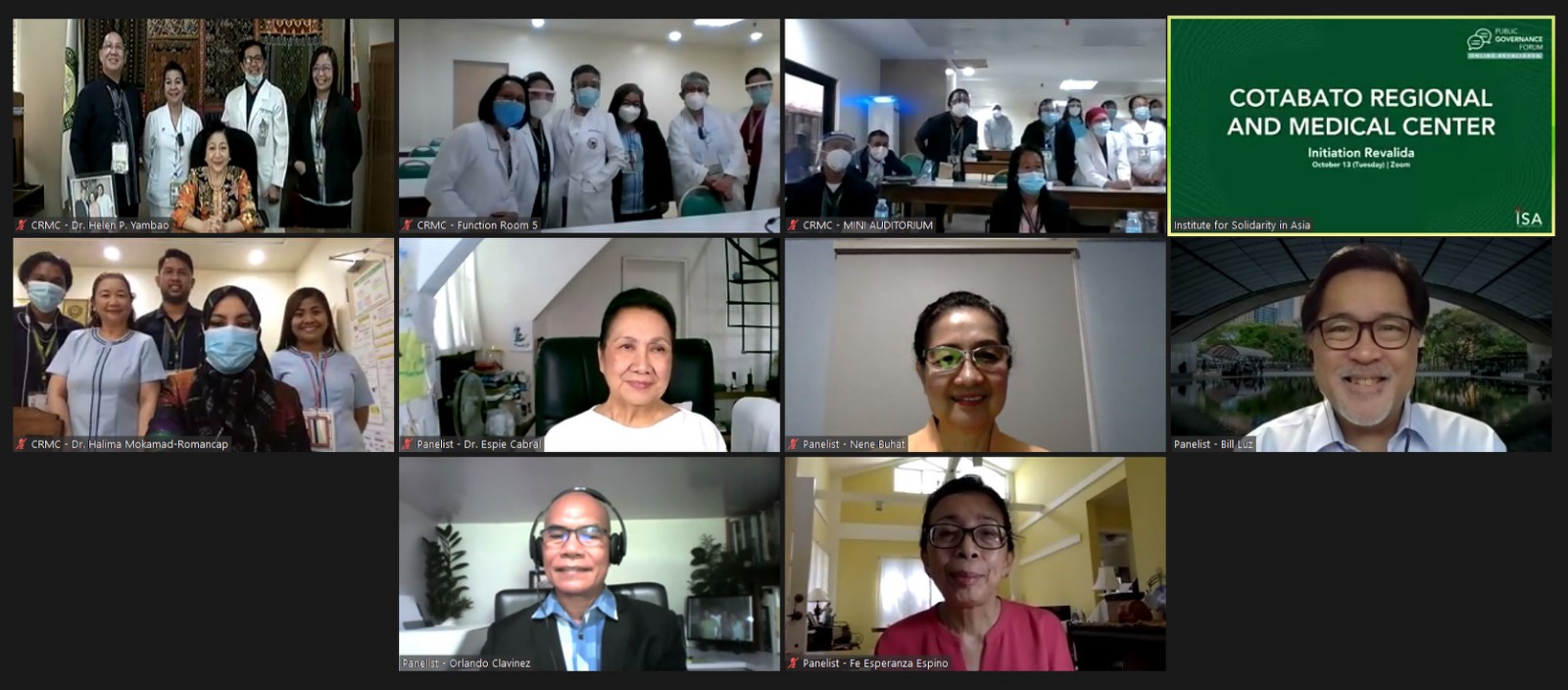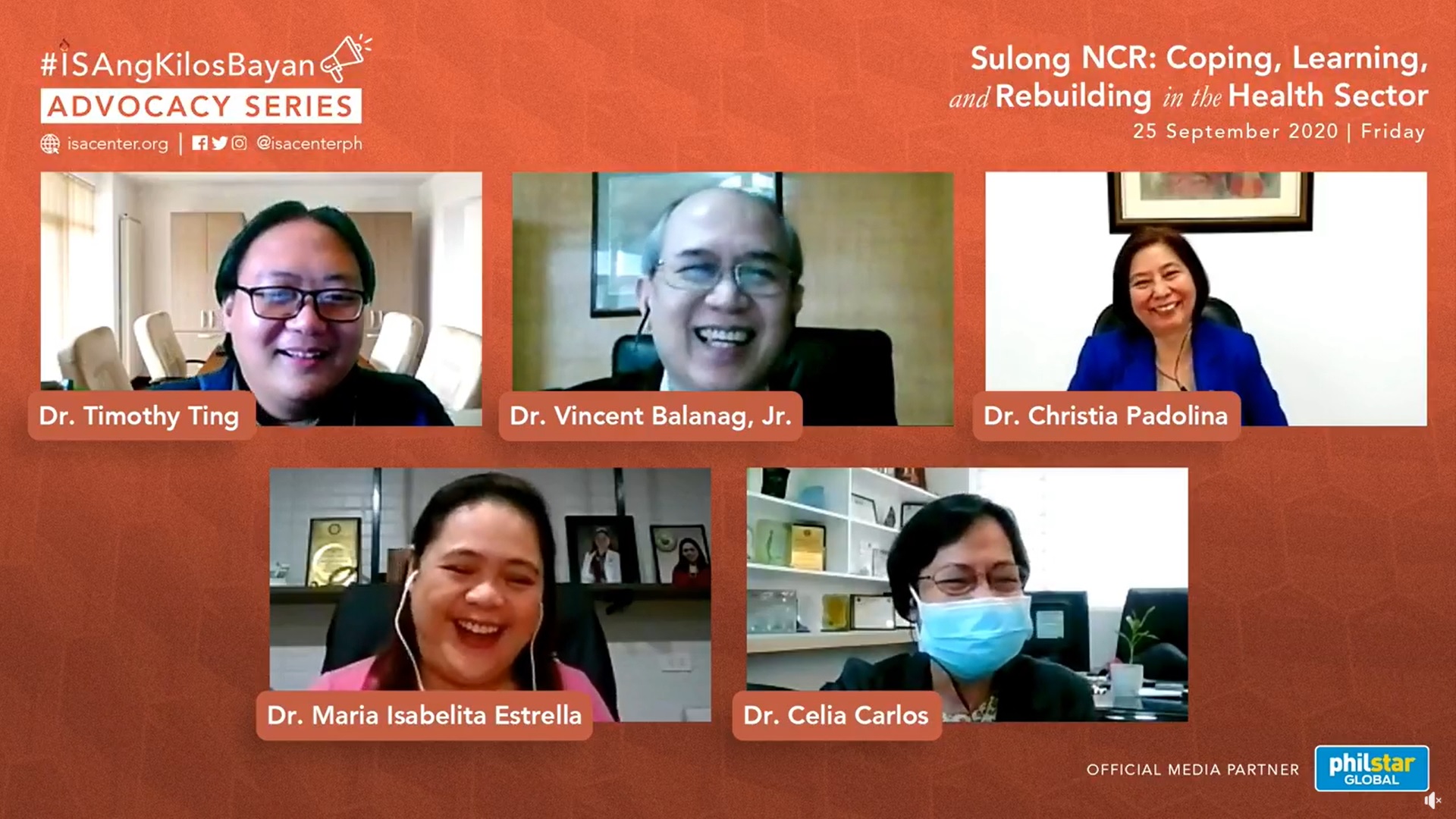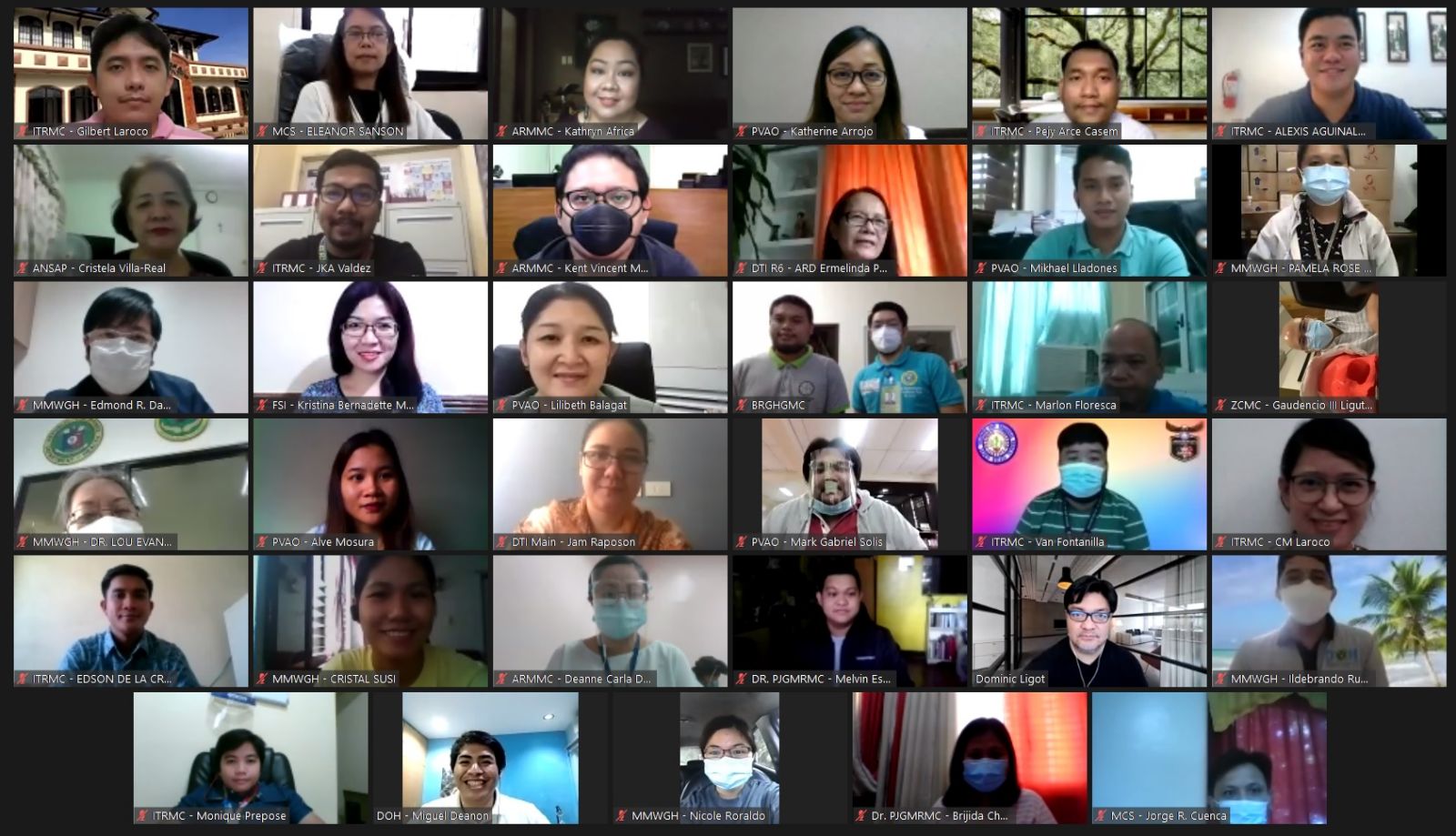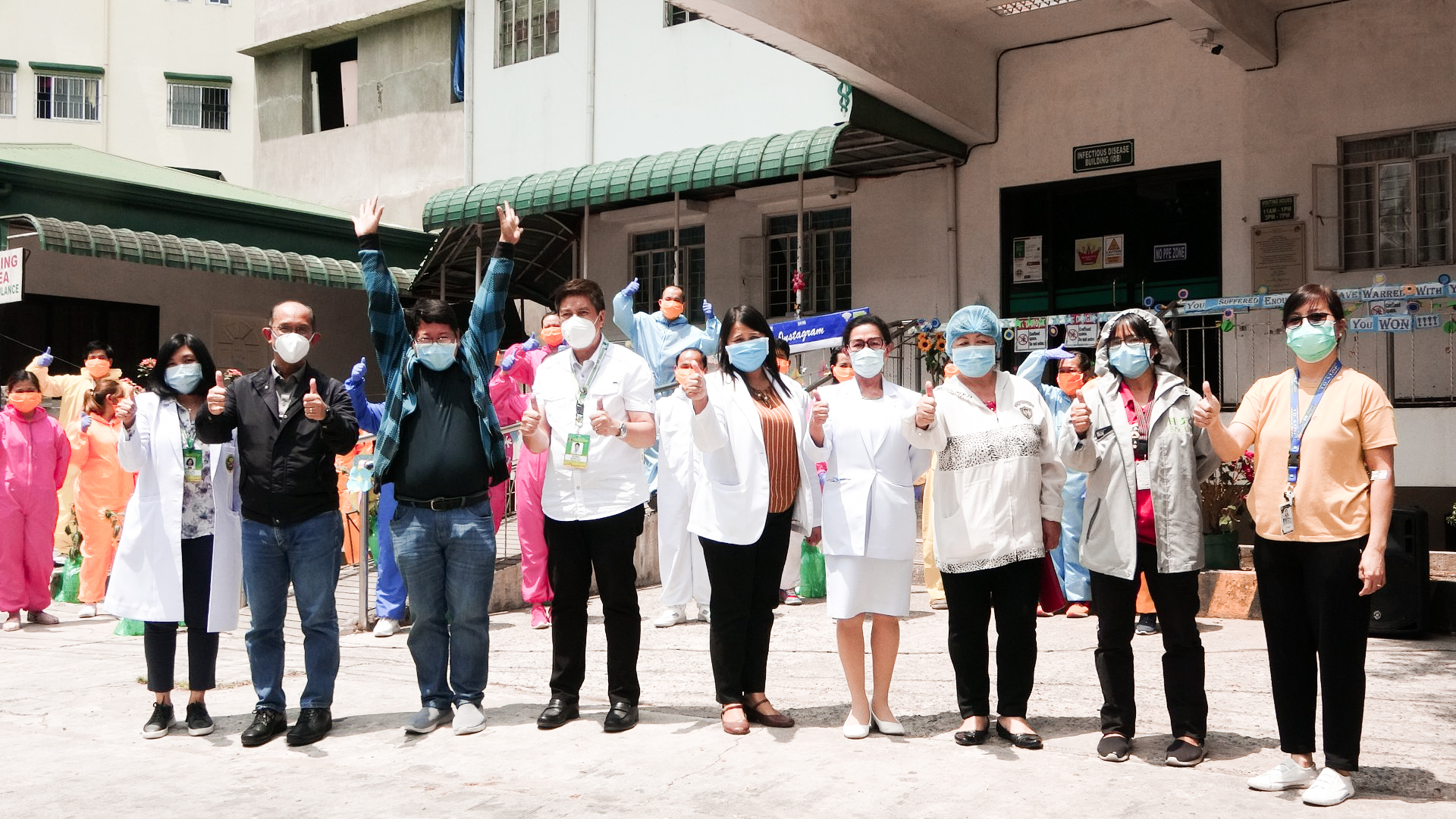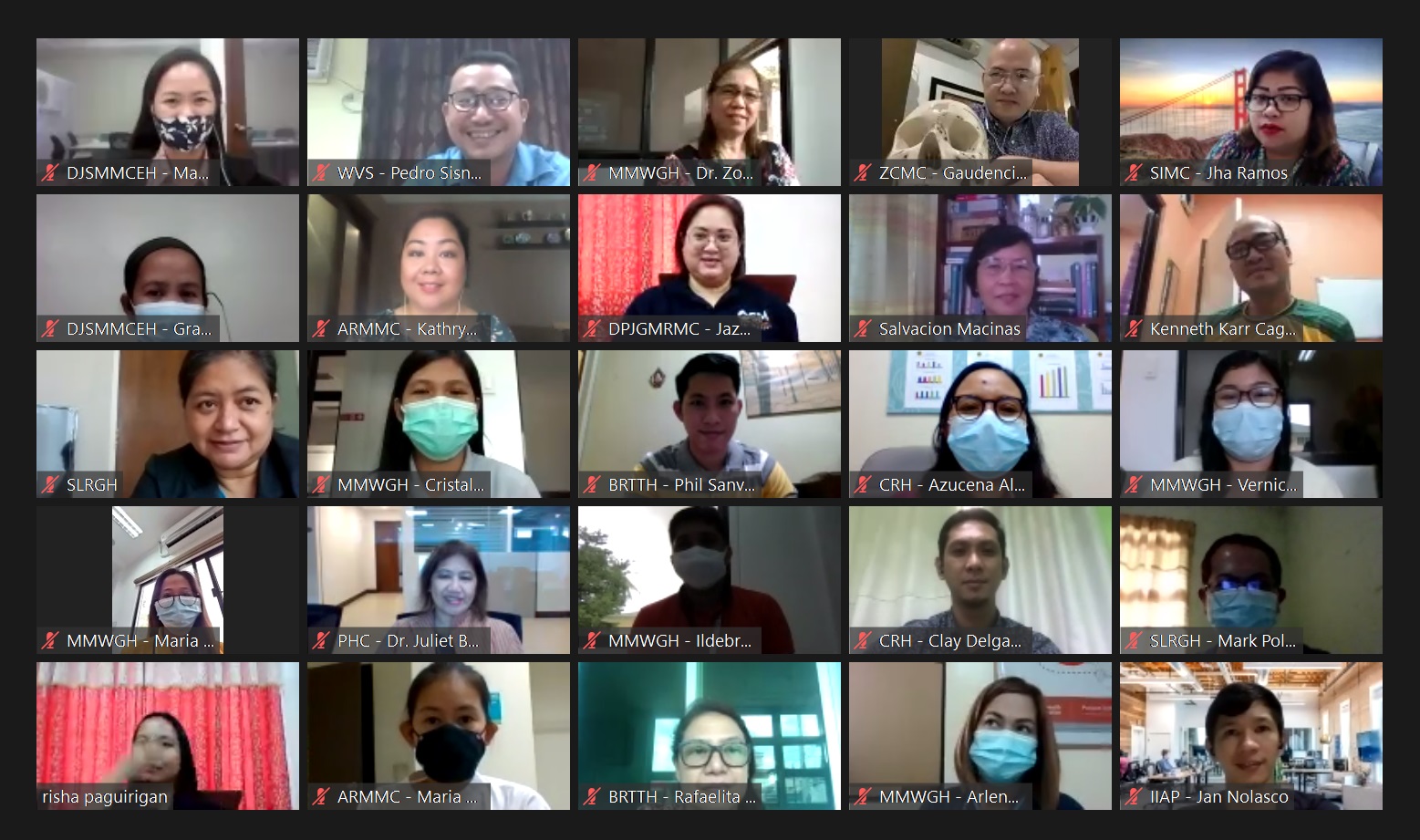[fusion_builder_container hundred_percent=”no” hundred_percent_height=”no” hundred_percent_height_scroll=”no” hundred_percent_height_center_content=”yes” equal_height_columns=”no” menu_anchor=”” hide_on_mobile=”small-visibility,medium-visibility,large-visibility” status=”published” publish_date=”” class=”” id=”” link_color=”” link_hover_color=”” border_size=”” border_color=”” border_style=”solid” margin_top=”” margin_bottom=”” padding_top=”” padding_right=”” padding_bottom=”” padding_left=”” gradient_start_color=”” gradient_end_color=”” gradient_start_position=”0″ gradient_end_position=”100″ gradient_type=”linear” radial_direction=”center center” linear_angle=”180″ background_color=”” background_image=”” background_position=”center center” background_repeat=”no-repeat” fade=”no” background_parallax=”none” enable_mobile=”no” parallax_speed=”0.3″ background_blend_mode=”none” video_mp4=”” video_webm=”” video_ogv=”” video_url=”” video_aspect_ratio=”16:9″ video_loop=”yes” video_mute=”yes” video_preview_image=”” filter_hue=”0″ filter_saturation=”100″ filter_brightness=”100″ filter_contrast=”100″ filter_invert=”0″ filter_sepia=”0″ filter_opacity=”100″ filter_blur=”0″ filter_hue_hover=”0″ filter_saturation_hover=”100″ filter_brightness_hover=”100″ filter_contrast_hover=”100″ filter_invert_hover=”0″ filter_sepia_hover=”0″ filter_opacity_hover=”100″ filter_blur_hover=”0″ admin_toggled=”yes”][fusion_builder_row][fusion_builder_column type=”1_6″ layout=”1_6″ spacing=”” center_content=”no” link=”” target=”_self” min_height=”” hide_on_mobile=”small-visibility,medium-visibility,large-visibility” class=”” id=”” hover_type=”none” border_size=”0″ border_color=”” border_style=”solid” border_position=”all” border_radius=”” box_shadow=”no” dimension_box_shadow=”” box_shadow_blur=”0″ box_shadow_spread=”0″ box_shadow_color=”” box_shadow_style=”” padding_top=”” padding_right=”” padding_bottom=”” padding_left=”” margin_top=”” margin_bottom=”” background_type=”single” gradient_start_color=”” gradient_end_color=”” gradient_start_position=”0″ gradient_end_position=”100″ gradient_type=”linear” radial_direction=”center center” linear_angle=”180″ background_color=”” background_image=”” background_image_id=”” background_position=”left top” background_repeat=”no-repeat” background_blend_mode=”none” animation_type=”” animation_direction=”left” animation_speed=”0.3″ animation_offset=”” filter_type=”regular” filter_hue=”0″ filter_saturation=”100″ filter_brightness=”100″ filter_contrast=”100″ filter_invert=”0″ filter_sepia=”0″ filter_opacity=”100″ filter_blur=”0″ filter_hue_hover=”0″ filter_saturation_hover=”100″ filter_brightness_hover=”100″ filter_contrast_hover=”100″ filter_invert_hover=”0″ filter_sepia_hover=”0″ filter_opacity_hover=”100″ filter_blur_hover=”0″ last=”no”][/fusion_builder_column][fusion_builder_column type=”2_3″ layout=”2_3″ spacing=”” center_content=”no” link=”” target=”_self” min_height=”” hide_on_mobile=”small-visibility,medium-visibility,large-visibility” class=”” id=”” hover_type=”none” border_size=”0″ border_color=”” border_style=”solid” border_position=”all” border_radius=”” box_shadow=”no” dimension_box_shadow=”” box_shadow_blur=”0″ box_shadow_spread=”0″ box_shadow_color=”” box_shadow_style=”” padding_top=”” padding_right=”” padding_bottom=”” padding_left=”” margin_top=”” margin_bottom=”” background_type=”single” gradient_start_color=”” gradient_end_color=”” gradient_start_position=”0″ gradient_end_position=”100″ gradient_type=”linear” radial_direction=”center center” linear_angle=”180″ background_color=”” background_image=”” background_image_id=”” background_position=”left top” background_repeat=”no-repeat” background_blend_mode=”none” animation_type=”” animation_direction=”left” animation_speed=”0.3″ animation_offset=”” filter_type=”regular” filter_hue=”0″ filter_saturation=”100″ filter_brightness=”100″ filter_contrast=”100″ filter_invert=”0″ filter_sepia=”0″ filter_opacity=”100″ filter_blur=”0″ filter_hue_hover=”0″ filter_saturation_hover=”100″ filter_brightness_hover=”100″ filter_contrast_hover=”100″ filter_invert_hover=”0″ filter_sepia_hover=”0″ filter_opacity_hover=”100″ filter_blur_hover=”0″ last=”no”][fusion_text columns=”” column_min_width=”” column_spacing=”” rule_style=”default” rule_size=”” rule_color=”” hide_on_mobile=”small-visibility,medium-visibility,large-visibility” class=”” id=”” animation_type=”” animation_direction=”left” animation_speed=”0.3″ animation_offset=””]
The month of March has always been significant in the school context. Learners eagerly awaited the upcoming summer break just as educators looked forward to letting the lesson plans gather dust for a while. But March 2020 took a drastically different direction when the COVID-19 pandemic hit and disrupted all forms of normalcy. Homes became the new classrooms and gadgets became the new essential.
Recognizing these concerns, the Institute for Solidarity in Asia (ISA) created a segment within its #ISAngKilosBayan Advocacy Series that focuses on the issues of the education sector brought about by the pandemic. In August 2020, ISA dialogued with private school directors on what it means to redefine education for holistic learning. Then, last September 28, 2020, in partnership with Philstar.com, ISA continued the conversation, this time with public school officials and key stakeholders, and explored the ways to support the public schools’ shift to this emerging education system.
[/fusion_text][fusion_imageframe image_id=”9027|full” max_width=”” style_type=”” blur=”” stylecolor=”” hover_type=”none” bordersize=”” bordercolor=”” borderradius=”” align=”none” lightbox=”no” gallery_id=”” lightbox_image=”” lightbox_image_id=”” alt=”” link=”” linktarget=”_self” hide_on_mobile=”small-visibility,medium-visibility,large-visibility” class=”” id=”” animation_type=”” animation_direction=”left” animation_speed=”0.3″ animation_offset=”” filter_hue=”0″ filter_saturation=”100″ filter_brightness=”100″ filter_contrast=”100″ filter_invert=”0″ filter_sepia=”0″ filter_opacity=”100″ filter_blur=”0″ filter_hue_hover=”0″ filter_saturation_hover=”100″ filter_brightness_hover=”100″ filter_contrast_hover=”100″ filter_invert_hover=”0″ filter_sepia_hover=”0″ filter_opacity_hover=”100″ filter_blur_hover=”0″]https://isacenter.org/wp-content/uploads/2020/11/IAS-Public-Education-Event-Banner.jpg[/fusion_imageframe][fusion_text columns=”” column_min_width=”” column_spacing=”” rule_style=”default” rule_size=”” rule_color=”” hide_on_mobile=”small-visibility,medium-visibility,large-visibility” class=”” id=”” animation_type=”” animation_direction=”left” animation_speed=”0.3″ animation_offset=””]
Joining the webinar were:
[/fusion_text][fusion_builder_row_inner][fusion_builder_column_inner type=”1_2″ layout=”1_2″ spacing=”” center_content=”no” hover_type=”none” link=”” target=”_self” min_height=”” hide_on_mobile=”small-visibility,medium-visibility,large-visibility” class=”” id=”” border_size=”0″ border_color=”” border_style=”solid” border_position=”all” border_radius=”” box_shadow=”no” dimension_box_shadow=”” box_shadow_blur=”0″ box_shadow_spread=”0″ box_shadow_color=”” box_shadow_style=”” padding_top=”” padding_right=”” padding_bottom=”” padding_left=”” dimension_margin=”” background_type=”single” background_color=”” gradient_start_color=”” gradient_end_color=”” gradient_start_position=”0″ gradient_end_position=”100″ gradient_type=”linear” radial_direction=”center center” linear_angle=”180″ background_image=”” background_position=”left top” background_repeat=”no-repeat” background_blend_mode=”none” animation_type=”” animation_direction=”left” animation_speed=”0.3″ animation_offset=”” filter_type=”regular” filter_hue=”0″ filter_saturation=”100″ filter_brightness=”100″ filter_contrast=”100″ filter_invert=”0″ filter_sepia=”0″ filter_opacity=”100″ filter_blur=”0″ filter_hue_hover=”0″ filter_saturation_hover=”100″ filter_brightness_hover=”100″ filter_contrast_hover=”100″ filter_invert_hover=”0″ filter_sepia_hover=”0″ filter_opacity_hover=”100″ filter_blur_hover=”0″ last=”no”][fusion_text columns=”” column_min_width=”” column_spacing=”” rule_style=”default” rule_size=”” rule_color=”” hide_on_mobile=”small-visibility,medium-visibility,large-visibility” class=”” id=”” animation_type=”” animation_direction=”left” animation_speed=”0.3″ animation_offset=””]
- Dr. Evangeline Amor, Assistant Vice President for Academic Affairs of the University of the Philippines (UP)
- Dr. Flordeliza Ferrer, Vice President for Academic Affairs of the Pamantasan ng Lungsod ng Maynila (PLM)
[/fusion_text][/fusion_builder_column_inner][fusion_builder_column_inner type=”1_2″ layout=”1_2″ spacing=”” center_content=”no” hover_type=”none” link=”” target=”_self” min_height=”” hide_on_mobile=”small-visibility,medium-visibility,large-visibility” class=”” id=”” border_size=”0″ border_color=”” border_style=”solid” border_position=”all” border_radius=”” box_shadow=”no” dimension_box_shadow=”” box_shadow_blur=”0″ box_shadow_spread=”0″ box_shadow_color=”” box_shadow_style=”” padding_top=”” padding_right=”” padding_bottom=”” padding_left=”” dimension_margin=”” background_type=”single” background_color=”” gradient_start_color=”” gradient_end_color=”” gradient_start_position=”0″ gradient_end_position=”100″ gradient_type=”linear” radial_direction=”center center” linear_angle=”180″ background_image=”” background_position=”left top” background_repeat=”no-repeat” background_blend_mode=”none” animation_type=”” animation_direction=”left” animation_speed=”0.3″ animation_offset=”” filter_type=”regular” filter_hue=”0″ filter_saturation=”100″ filter_brightness=”100″ filter_contrast=”100″ filter_invert=”0″ filter_sepia=”0″ filter_opacity=”100″ filter_blur=”0″ filter_hue_hover=”0″ filter_saturation_hover=”100″ filter_brightness_hover=”100″ filter_contrast_hover=”100″ filter_invert_hover=”0″ filter_sepia_hover=”0″ filter_opacity_hover=”100″ filter_blur_hover=”0″ last=”no”][fusion_text columns=”” column_min_width=”” column_spacing=”” rule_style=”default” rule_size=”” rule_color=”” hide_on_mobile=”small-visibility,medium-visibility,large-visibility” class=”” id=”” animation_type=”” animation_direction=”left” animation_speed=”0.3″ animation_offset=””]
- Ms. Lilia Habacon, Executive Director of the Philippine Science High School (PSHS)
- Dr. Alicia Aprecio, Principal of Rosario Integrated School (RIS)
[/fusion_text][/fusion_builder_column_inner][/fusion_builder_row_inner][fusion_text columns=”” column_min_width=”” column_spacing=”” rule_style=”default” rule_size=”” rule_color=”” hide_on_mobile=”small-visibility,medium-visibility,large-visibility” class=”” id=”” animation_type=”” animation_direction=”left” animation_speed=”0.3″ animation_offset=””]
ISA also invited as reactors Cong. Jose Enrique S. Garcia, Second District Bataan Representative; Ms. Valerie Garde-Farol, Instructional Coaching Director from Teach for the Philippines (TFP); and as moderator Mr. Francis Gentoral, Executive Director of Iloilo Economic Development Foundation, Inc. to add more dimension to the discussion.
Review and redesign
When the pandemic shut schools down, the first order of business, according to the school officials, was to do a program review and redesign. PSHS, for instance, reduced the curriculum to 90% of its original, focusing only on the essential learning competencies. Similarly, UP assessed which course subjects could be done via remote learning and which ones had to be transferred to a later semester for when face-to-face will already be allowed.
“We are learning from the experience of the UP Open University. They helped a lot. We developed a system-level course on Course Redesign [which] helped the faculty create their course packs and experience online learning,” recounted Dr. Amor.
It was a notion common to the educators that simply having a digital Learning Management System was not enough. As PLM’s Dr. Ferrer noted, the users of the system must also be capacitated.
The mode of delivery was also dependent on the avenues that students and teachers have access to. In RIS, they found out that the modality of learning delivery that was most preferred was printed, and only a handful of advanced learners capable of independent learning were fit to do online distance learning.
RIS’s Dr. Apecio also pointed out an important aspect to redesigning courses — the contextualization of the content.
“For modular materials, teachers are attending webinars on contextualization of our modules because the central office modules are generic. We have to contextualize these to the mental capacity of our learners, i.e SPED, indigenous learners,” said the Principal.
Teachers turned broadcasters
Amidst the many adjustments, the spirit of collaboration shone within the school community. Per PLM’s Dr. Ferrer, the digital shift called for the syncing of efforts of the different departments in order to communicate and address the needs of the new system.
For instance, PLM’s Administration Department turned the unused classrooms into broadcast rooms designed for the use of teachers who didn’t have access to strong internet connection at home. To complement this effort, they also had the Communication Department faculty orient teachers on how to become an effective broadcaster while the College of Education helped them embrace the role of being a teacher in the remote setting.
PSHS Director Ms. Habacon summarized what this new environment brought out among the learning community, saying, “The current situation challenges the education sector to thrive outside its comfort zone. Right now, things can be overwhelming but we have to identify the immediate problems and practical solutions to maximize resources. We need to coordinate responses because there are so many uncertainties. Community effort is a key to manage emerging difficulties.”
Back to basics
What this community effort entails exactly was what RIS Principal Dr. Aprecio described as she talked about modular learning.
“In Kindergarten, we already oriented parents about the modules. If they do not have a parent, they can have their grandparents or an adult volunteer from their community,” she said. Through phone calls and messages, they are able to monitor students in cooperation with the parents.
She further emphasized, “I think through proper connection and engagement, teachers, parents, and children can work hand-in-hand to monitor the progress of the learners. If [we] see that the learner is lagging behind, this is the time [when] the teacher will have to closely monitor [the] learner through phone call, text messages, video call or if permitted by IATF, home visitation.”
This emerging dynamic between educators, guardians, and learners-at-home was also what Cong. Garcia underscored in the latter segment of the program. He reiterated the importance of not only the functionality but the strengthening of one’s basic social unit—the family—during this pandemic.
“We can always talk about gadgets, the internet, and all learning management systems, but we have to remember that our first and foremost teachers are our parents and other members of our family and community,” said the Bataan representative.
He maintained that as long as there was family and community support, this school year can succeed. He added, “We really need to go back to the basics. The family and the community will help in making sure that this school year will still be effective even with all the challenges.”
This sentiment was echoed by TFP Instructional Coaching Director Ms. Garde-Farol, who stated that this situation “proves that working silo during the pandemic will not help us.”
She shared how in their organization, Teach for the Philippines, they used to roll out a Functional Literacy Program for the students around the country, but this school year, they will be teaching parents and guardians on how to facilitate the program.
Ultimately, from what the school communities have said on this two-part webinar platform, this emerging education system is not just putting up digital systems and having the right technology. Rather, it is more about establishing stronger connections in order to support all stakeholders who are doing their best to manage in a new environment. Indeed, today, it takes a whole village to educate a child.
Missed the past #ISAngKilosBayan Advocacy Series webinars?
Click here to view the full episodes or check out the highlights here.
[/fusion_text][/fusion_builder_column][fusion_builder_column type=”1_6″ layout=”1_6″ spacing=”” center_content=”no” link=”” target=”_self” min_height=”” hide_on_mobile=”small-visibility,medium-visibility,large-visibility” class=”” id=”” hover_type=”none” border_size=”0″ border_color=”” border_style=”solid” border_position=”all” border_radius=”” box_shadow=”no” dimension_box_shadow=”” box_shadow_blur=”0″ box_shadow_spread=”0″ box_shadow_color=”” box_shadow_style=”” padding_top=”” padding_right=”” padding_bottom=”” padding_left=”” margin_top=”” margin_bottom=”” background_type=”single” gradient_start_color=”” gradient_end_color=”” gradient_start_position=”0″ gradient_end_position=”100″ gradient_type=”linear” radial_direction=”center center” linear_angle=”180″ background_color=”” background_image=”” background_image_id=”” background_position=”left top” background_repeat=”no-repeat” background_blend_mode=”none” animation_type=”” animation_direction=”left” animation_speed=”0.3″ animation_offset=”” filter_type=”regular” filter_hue=”0″ filter_saturation=”100″ filter_brightness=”100″ filter_contrast=”100″ filter_invert=”0″ filter_sepia=”0″ filter_opacity=”100″ filter_blur=”0″ filter_hue_hover=”0″ filter_saturation_hover=”100″ filter_brightness_hover=”100″ filter_contrast_hover=”100″ filter_invert_hover=”0″ filter_sepia_hover=”0″ filter_opacity_hover=”100″ filter_blur_hover=”0″ last=”no”][/fusion_builder_column][/fusion_builder_row][/fusion_builder_container]

